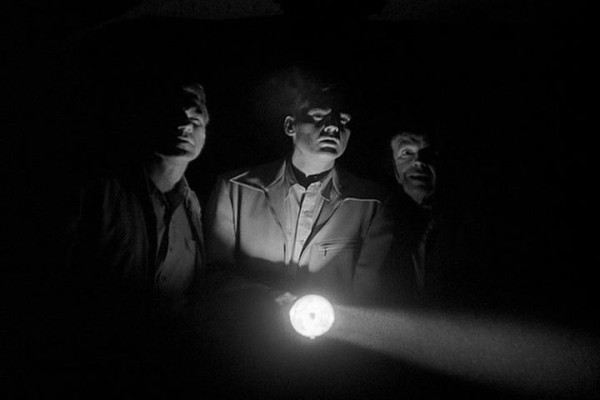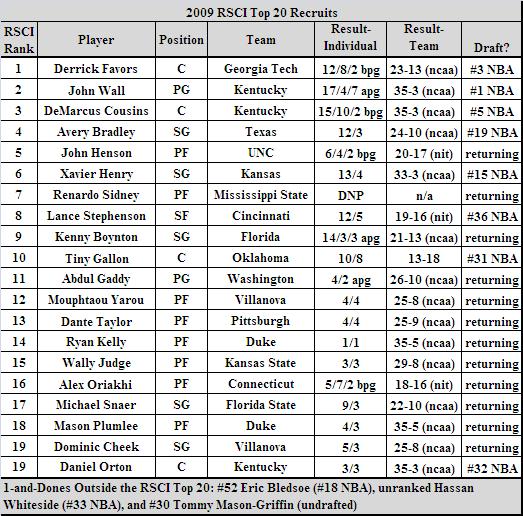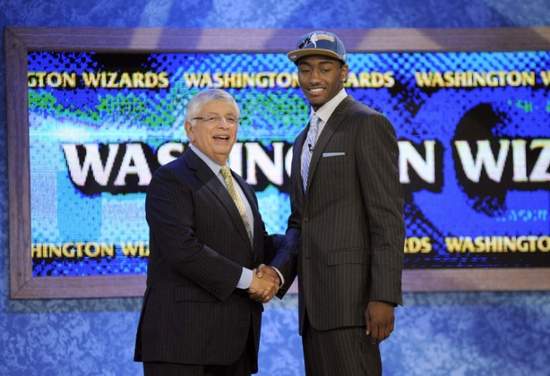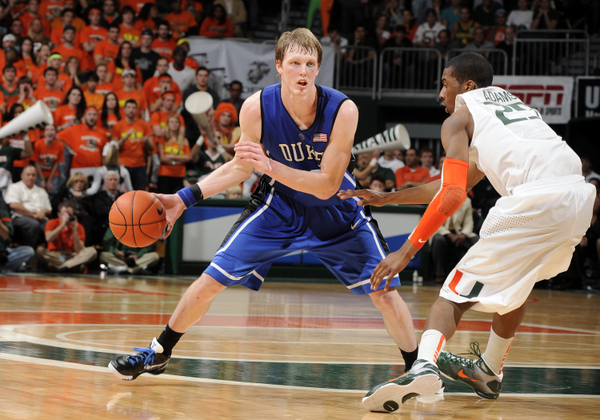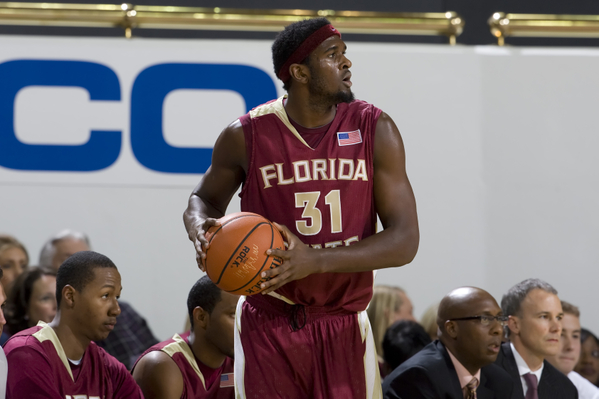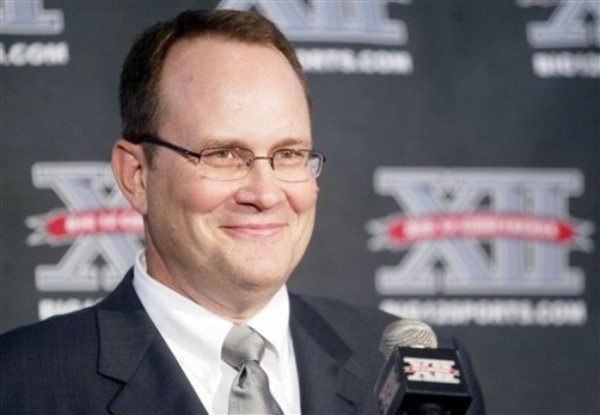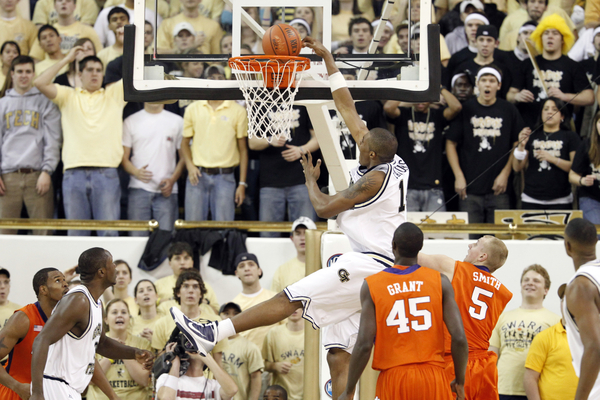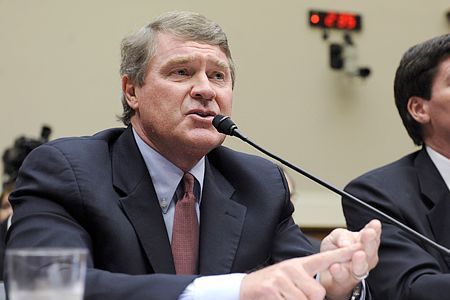Dana O’Neil Opens Eyes With Poll of Coaches
Posted by rtmsf on July 23rd, 2010As we mentioned in today’s Morning 5, Dana O’Neil’s enlightening piece exposing the raw perceptions that coaches have on their peers in the world of college basketball and the sport in general is fascinating stuff. It’s obvious that she knew it too, as the bulk of the article was filled with direct quotes from anonymous high-major coaches telling the truth as they saw it. There is a lot of meat to this article — numerous raise-your-eyebrow statements that had us questioning and hopeful for more. So we thought it might be interesting to cherry-pick the nine quotes that we thought were the most compelling and do what we do (make inappropriate comments and wildly speculate about things). Enjoy.
Regarding fraternity among coaches:
“It’s sad,” another coach said. “I grew up in this game with an idea of what I thought it was or what I thought it should be. Now I see it’s not like that at all. You have low- to mid-major guys aspiring to move up who will do anything to get there and you have guys who, once they get used to a certain lifestyle, will do whatever it takes to keep it. There’s less of a brotherhood here than there is in football and that bothers me,” another added. “We have more guys stabbing each other in the back or using you guys [the media] to go after their agenda. That’s a big problem.”
We found this quote somewhat surprising in that we figured that competition among football coaches would be even more intense given the structure of their system, where the pyramid is extremely top-heavy and the small schools have virtually no chance to get there.
On gender roles:
Along with the coach who called the women, “the gestapettes,” another said, “If the NCAA was serious, they’d hire someone who knew what they were doing, not these women out here trying to get a husband.”
Sexist caveman coaches, for the win! Dana must have especially enjoyed hearing those quotes as the only nationally-focused female college basketball writer of note in the industry. Ridiculous, and we’d happily buy her a Cosmo if she would tell us who these cretins were (see what we did there?).
On recruiting to name-brand schools:
Here’s what I think happens a lot — a team loses a kid to someone else and all of a sudden that someone else is cheating. Every time North Carolina loses a kid, someone else is cheating. It’s like there’s so much arrogance with them; they can’t believe someone would rather go somewhere else, so the other team has to be cheating.
We hear this from fans of the major schools (like UNC) all the time. Seriously – ALL the time. But it was enlightening to hear it coming from the coaching ranks as well. We guess nobody is excused from the tendency to blame extraneous factors when things go wrong. Not even coaches.
On expense accounts:
One of my players [who left early for the draft] was working out with another top-five draft pick. They got to talking and my kid said something about not having money or whatever on campus. The other kid said, ‘My coach set up expense accounts all over town for me. Yours didn’t?”
We discussed this one on the M5 and in the comments. If we assume that the coach in question was talking about the most recent NBA Draft (fresh on his mind), then we’re talking about four schools here — Kentucky, Ohio State, Syracuse or Georgia Tech. One commenter pointed out that DeMarcus Cousins and Derrick Favors worked out together in New Jersey before the draft. Connecting a few dots together, we can make some further assumptions about which school was setting up expense accounts and which school wasn’t. Or, we could just admit that this is nothing more than rumor and means absolutely nothing.
Regarding phone call violations:
I get a kick out of the phone calls. Who gets caught with that anymore? It’s a joke. They’re out there catching the guy with the one phone. How about the guy with two and three bat phones?
This quote really makes the UConn assistant coaches and Kelvin Sampson look stupid, right? Even low-level drug dealers and amateur terrorists know that you should use burners for any illicit calls.





























